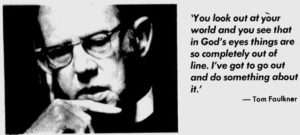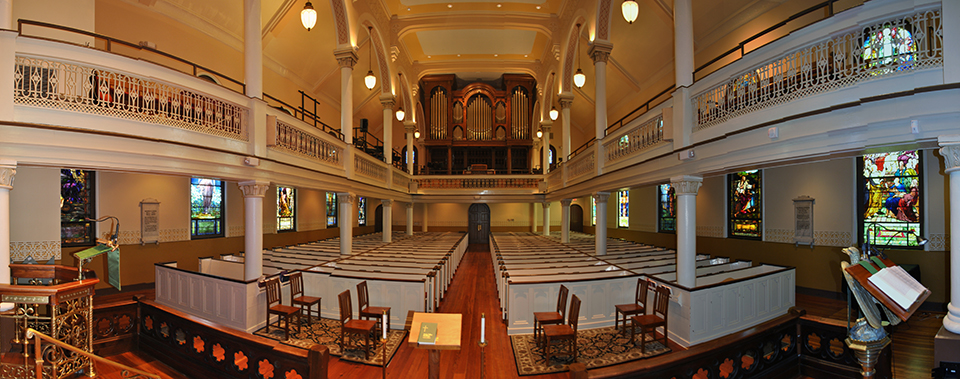St. George’s History comprises individual articles, documents and collections around the 300 year history of St. George’s Episcopal Church, located in Fredericksburg Virginia. This site is unrelated to St. George's main website.
Supplementing them are a category-based search, a content index and a timeline. We have two tour documents - a building summary and a 15 minute walking tour you can take in the church.
If this is your first visit, check out the 2 tours - building summary and a 15 minute walking tour.
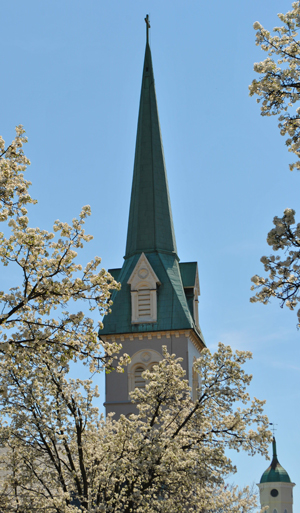
Recent articles
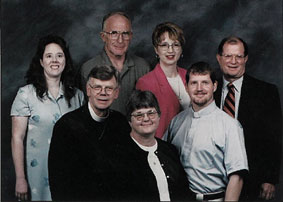
Photos to accompany Charles Sydnor, oral history
Photos to accompany Charles Sydnor oral history, circa 1995-2000’s
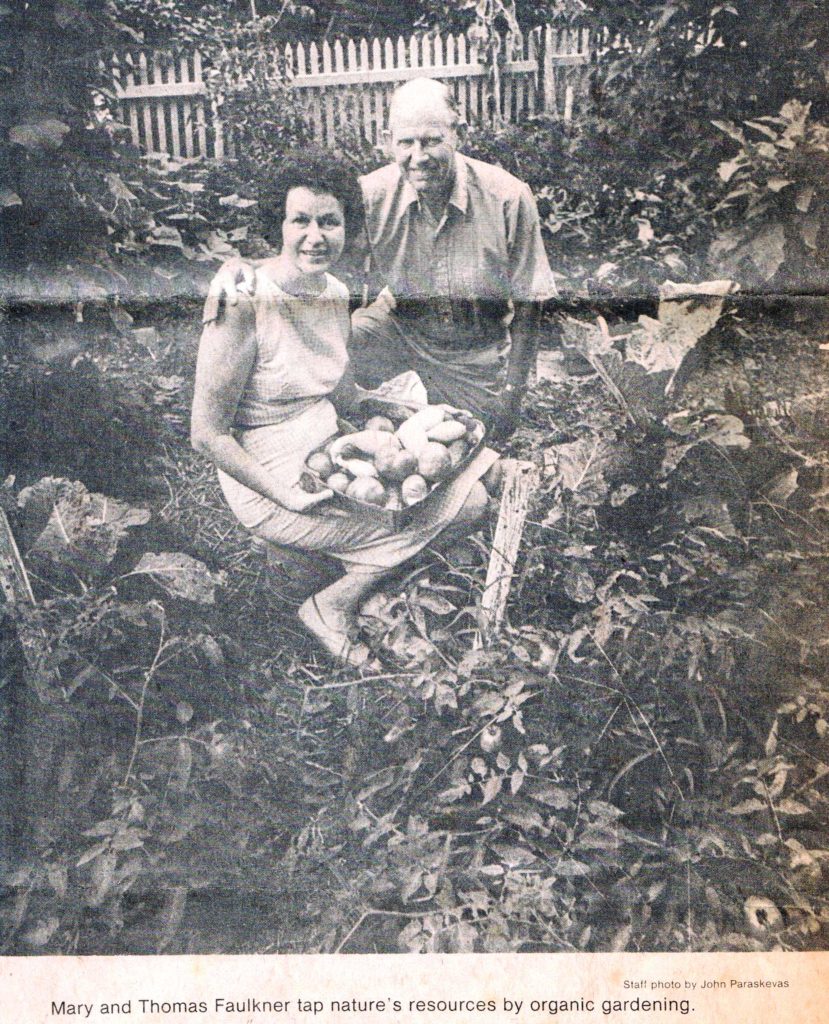
Organic Gardening with the Faulkners
“Not only they are producing vegetables for their own table and pantry, they are selling produce, and a tithe of their overall gardening savings is going to a project dear to their hearts…From asparagus to zucchini, the wall-to-wall garden is a grand production.” Thanks to Jinxi Forbush for the article
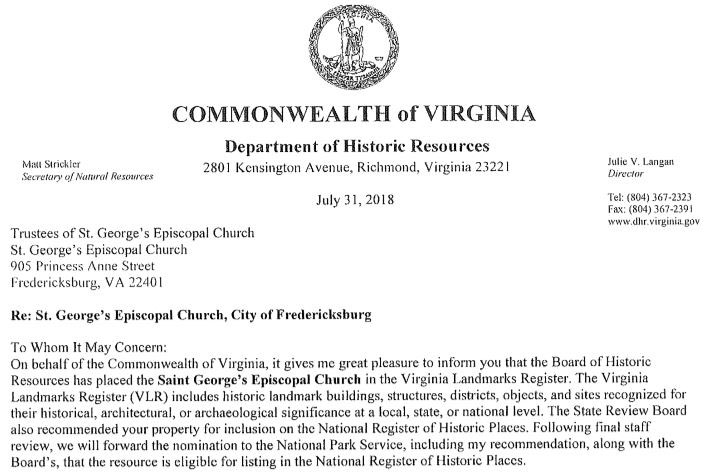
St. George’s added to Virginia Landmarks Register
St. George’s engaged Dovetail Cultural Research Group of Fredericksburg to provide the research and application to the Virginia Landmarks Register in 2017. This was made possible by the gift of Barbara and Mac Willis. The process was finalized at the end of July, 2018.

The Colonial Churches of Spotsylvania and Caroline Counties
This article is from the Oct. 1950 issue of the The Virginia Magazine of History and Biography, Vol. 58, No. 4 (Oct., 1950), pp. 442-472. Thanks to Barbara Willis for bringing the article to our attention.
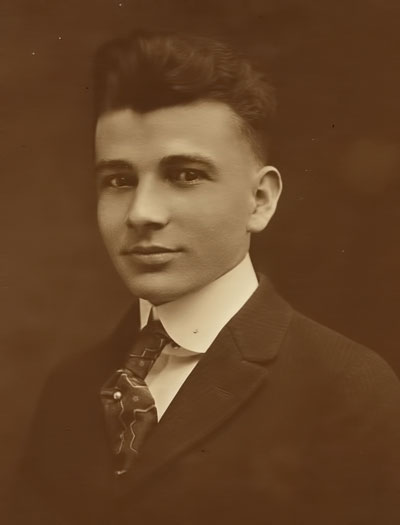
The First to fall from Fredericksburg in World War I was a St. Georgian
Douglas Knox was only 22 years of age when he fell in the Battle of Belleau Wood in France, June, 1918, the first to die in World War I from Fredericksburg. Douglas and his brother Thomas grew up in the early 20th century and attended St. George’s.
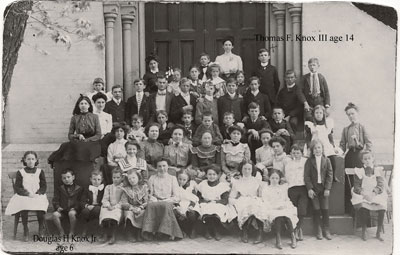
Hanover School on the steps of St. George’s, 1902
The picture is possibly the earliest picture of the “big red doors” and the first picture of the exterior of the church since the Civil War. The Knox brothers are identified in this picture from the Central Rappahannock Heritage Center
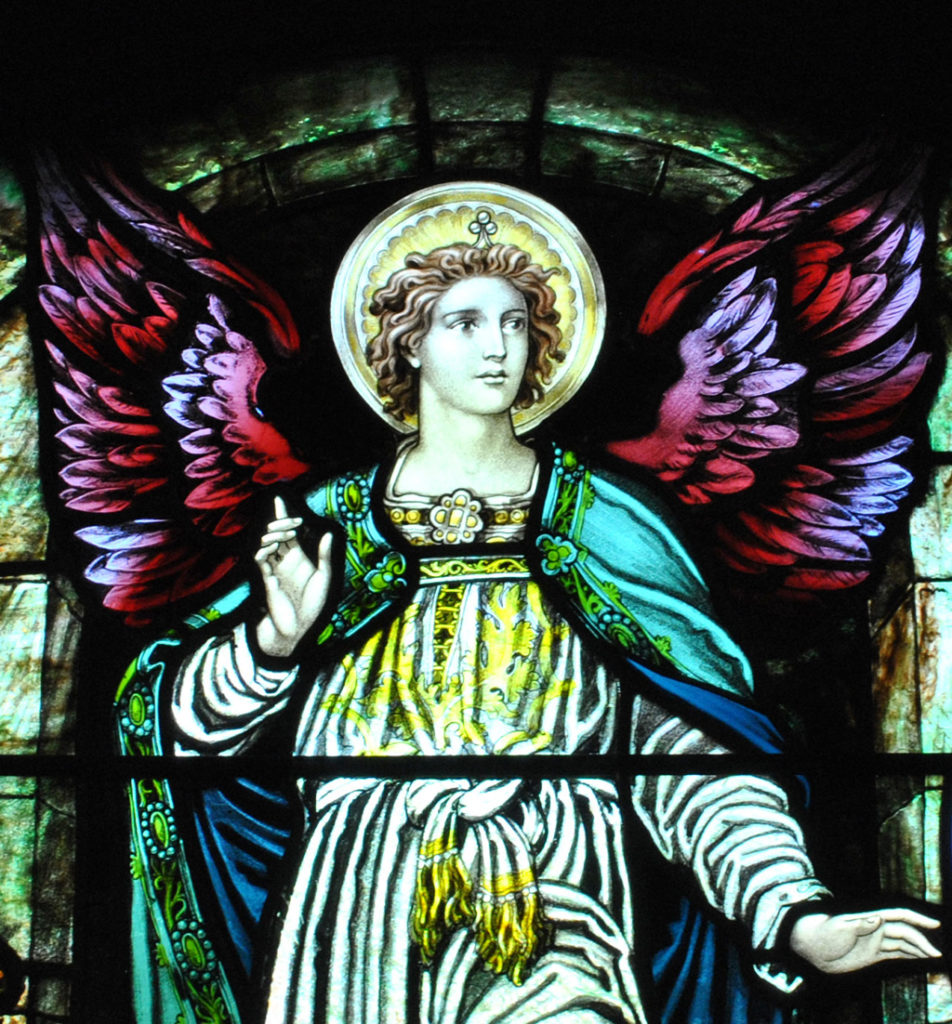
Stained Glass Windows Tour
1907 was the beginning of the transformation of St. George’s windows from clear glass to vibrant colors that only stained glass can provide. Tens year later with the last Tiffany window the process was complete This is the tour we have of the windows
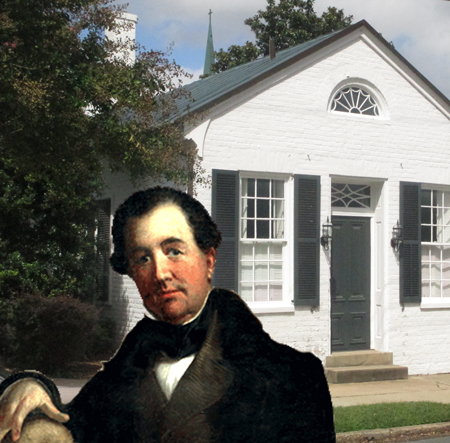
The Carmichaels’ Connection to St. George
The Carmichaels gave us three Vestry members over two centuries plus a fourth member of that family who served the church. All four were local doctors. The name and first Vestry are provided for those who served the Vestry: 1. Dr. James Carmichael, 1810 Carmichael was originally from Glasgow Scotland. Carmichael’s uncle Dr. George French … Read more
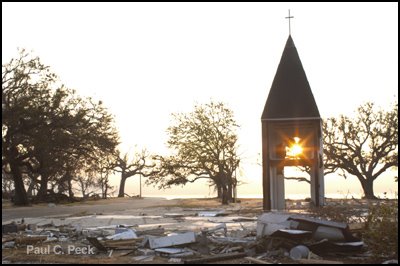
Mississippi Relief 2005-2008- becoming “the hands, thoughts, and arms of God in action.”
St. George’s responded positively to plea from the Episcopal Relief and Development in 2005 to come to Mississippi and help cleanup after Hurricane Katrina in August 2005. This became a major mission activity through the end of 2008.
1. Carrol Quenzel's History of St. George's
Quenzel's 1951 history is still the standard for the church. He was a librarian for Mary Washington College as well as being active at St. George's, helping to create the St. Georgian newsletter as well as a part of the Vestry. We have the entire book online which was published by St. George's

2. The Three Churches of St. George's - Barbara Willis
Barbara Willis was a local historian and writer and long time St. Georgian with her husband Mac. This paper is a detailed summary of the evolution of St. George's church from its wooden colonial church to the impressive 1849 brick building we have today.

The Civil War may be the most popular historic topic in all of our history. The church served in 3 capacities - as a fortress, center of revival and as a hospital. We have a 9 part series on our role and relationship to Fredericksburg.

McGuire served all 3 churches over the course of 45 years. He is probably the most influential of all our rectors in all phases of ministry from preaching, teaching, and outreach. Trip Wiggins, our archivist, wrote this for a Sunday school class and has been teaching classes for years

5. Charles Syndor on Social Policy
Charles Sydnor served St. George's from 1972-2003 and was responsible for furthering Thomas Faulkner's outreach ministries and creating new ones. This paper he wrote in 2009 was for an adult forum in that year.
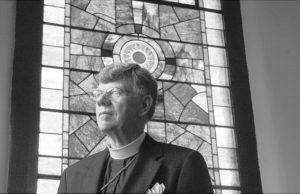
6. Tom Faulkner confronts the Vestry on race
Faulkner served St. George's for 30 years from 1946-1976. During these years racial policies were paramount, especially 1954, in the year of Brown vs. Board of Education, Faulkner was challenged by the Vestry on the role of Blacks in our service. He was able to move St. George's toward racial justice that other rectors would further
